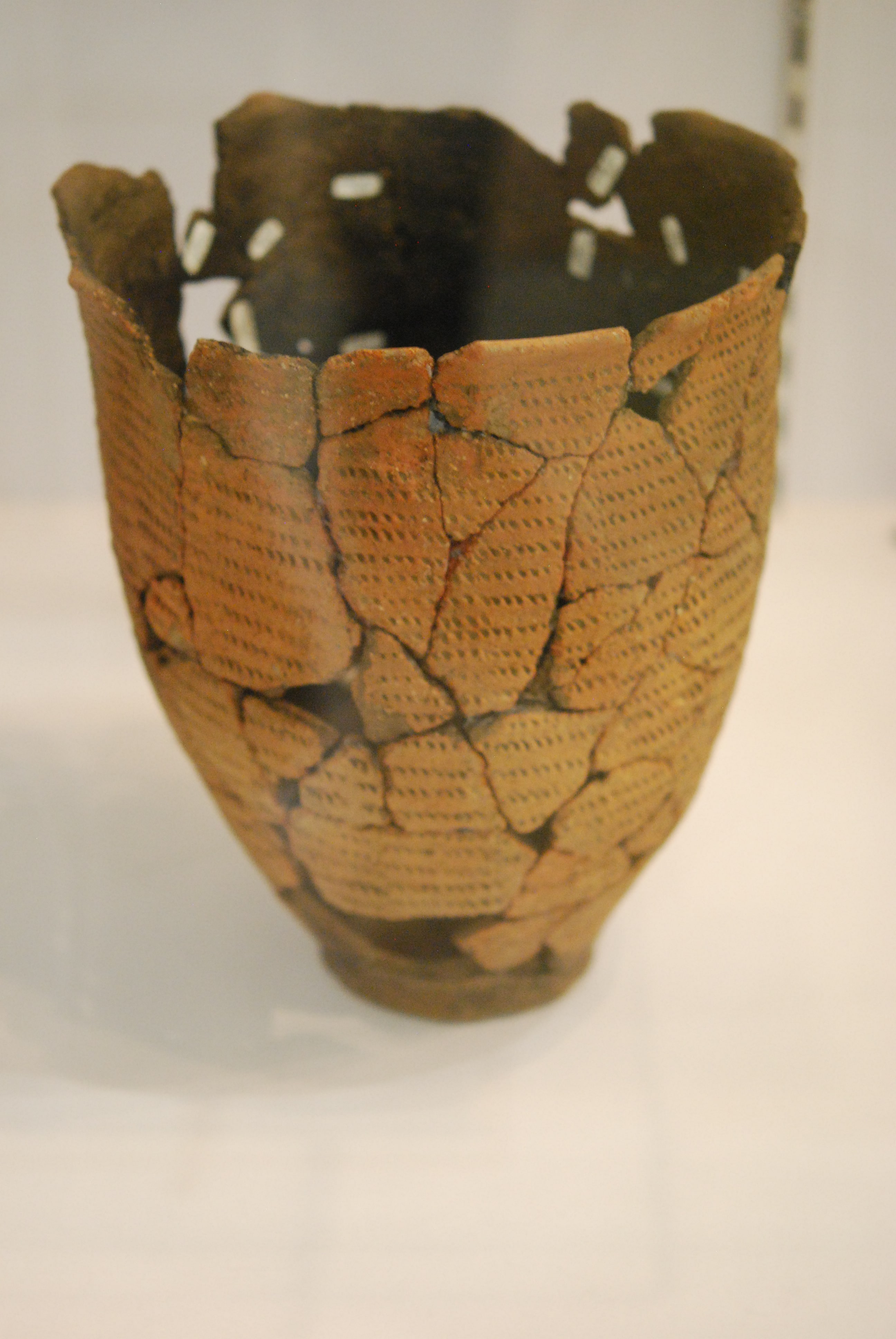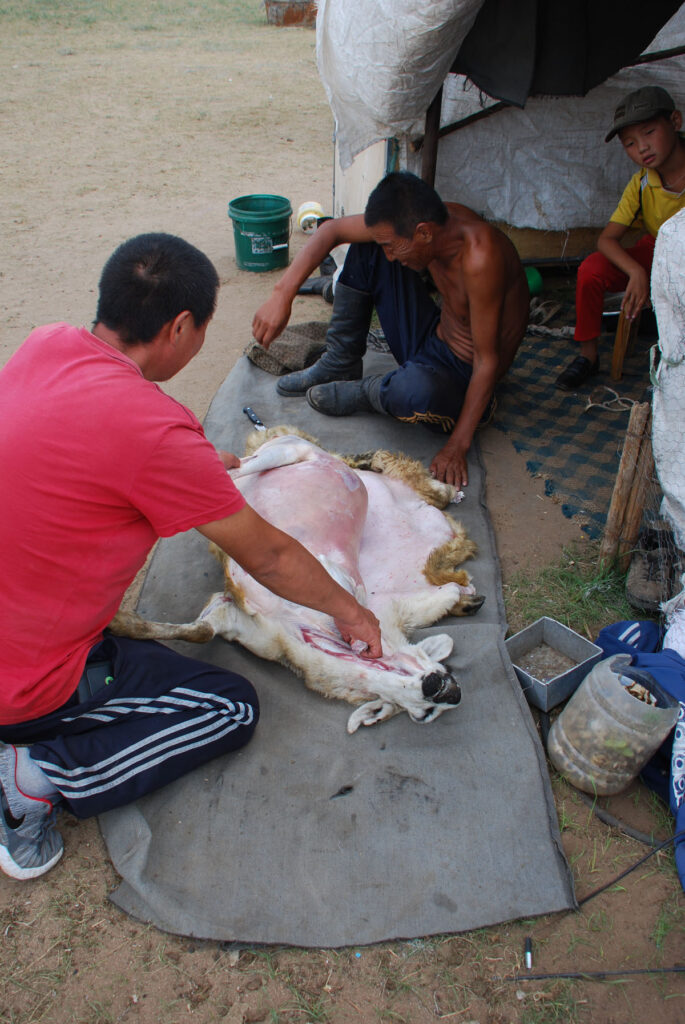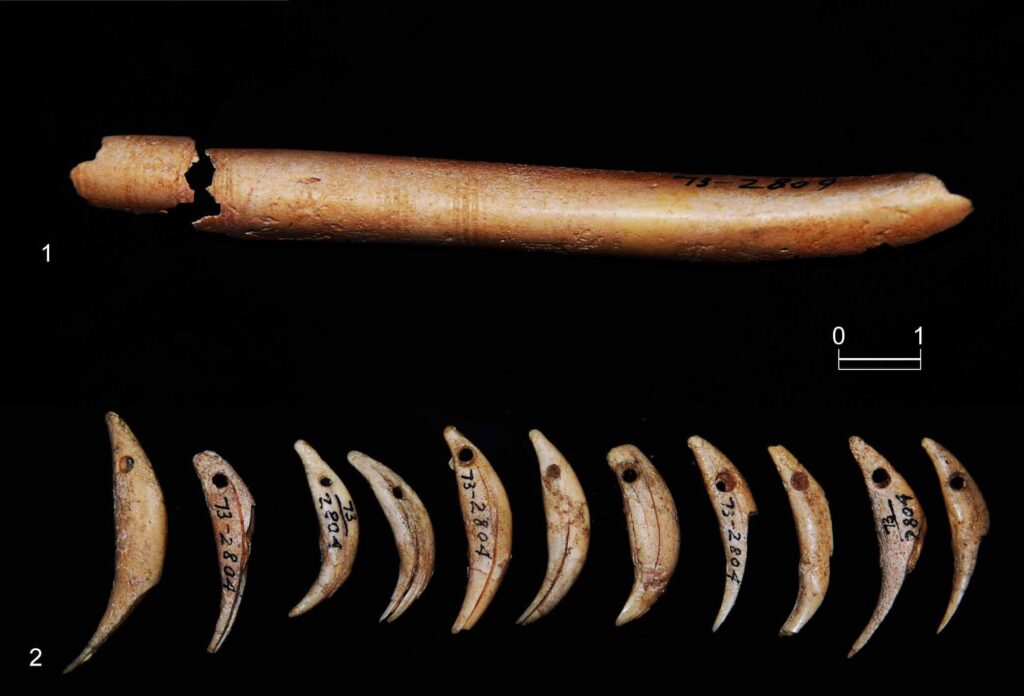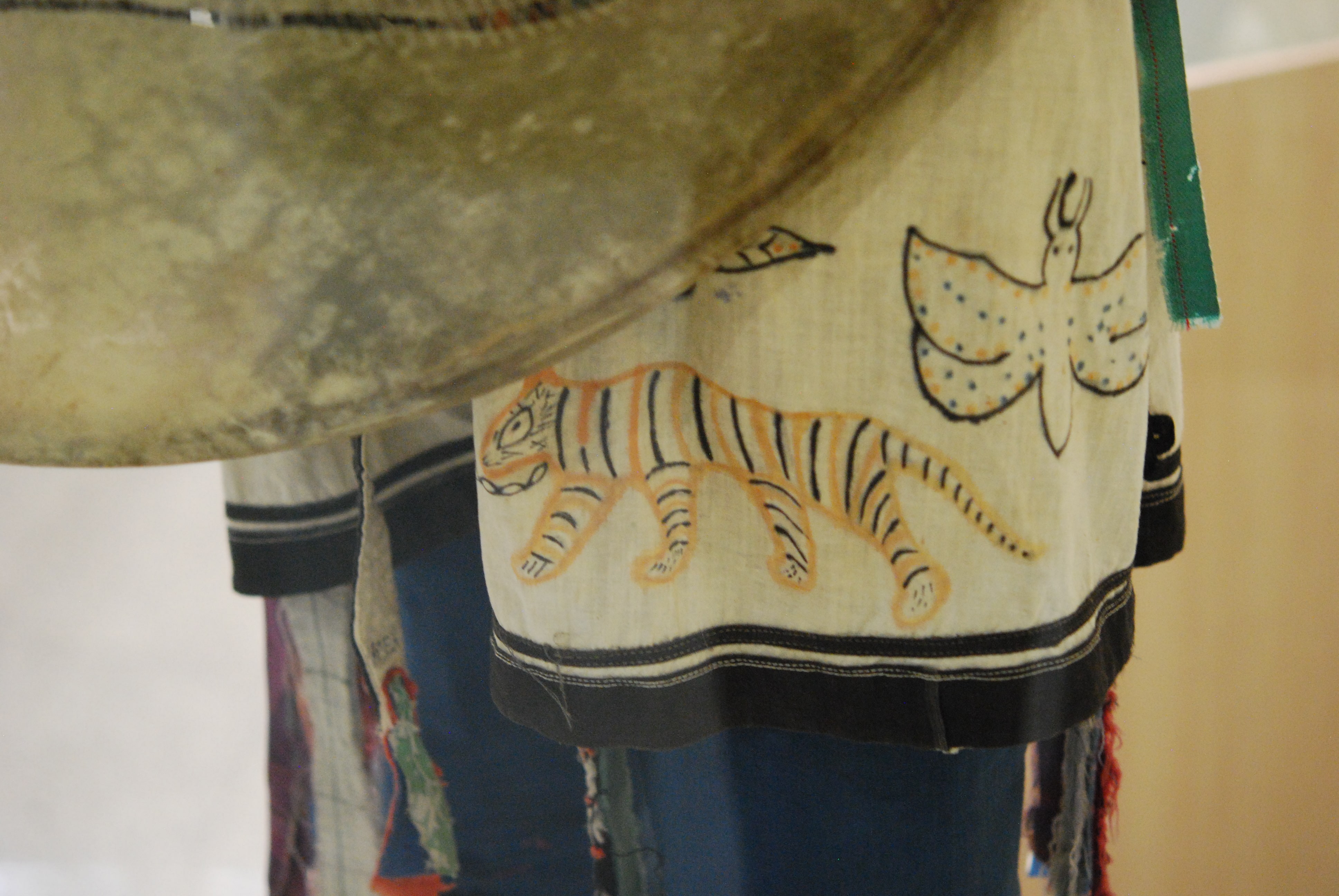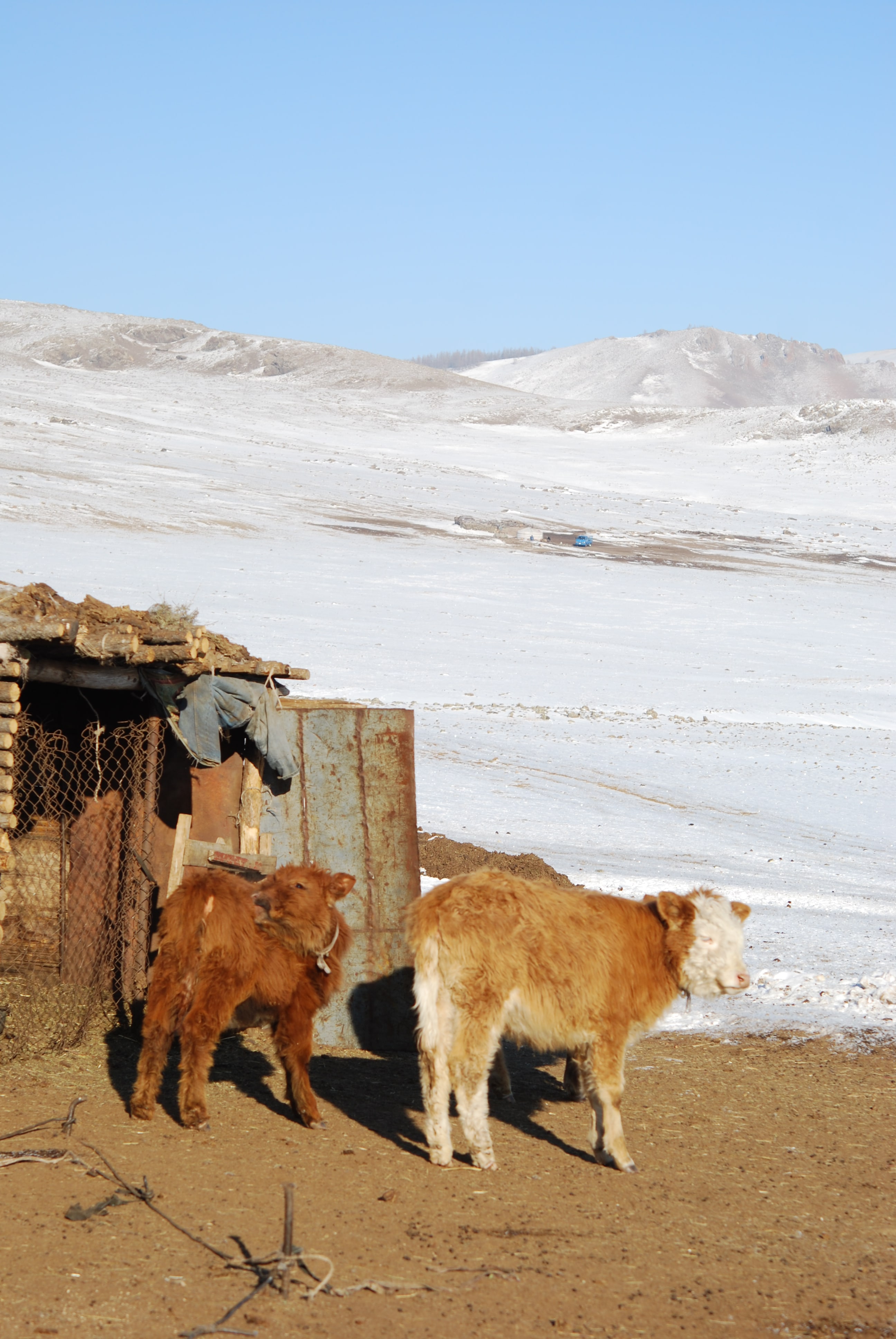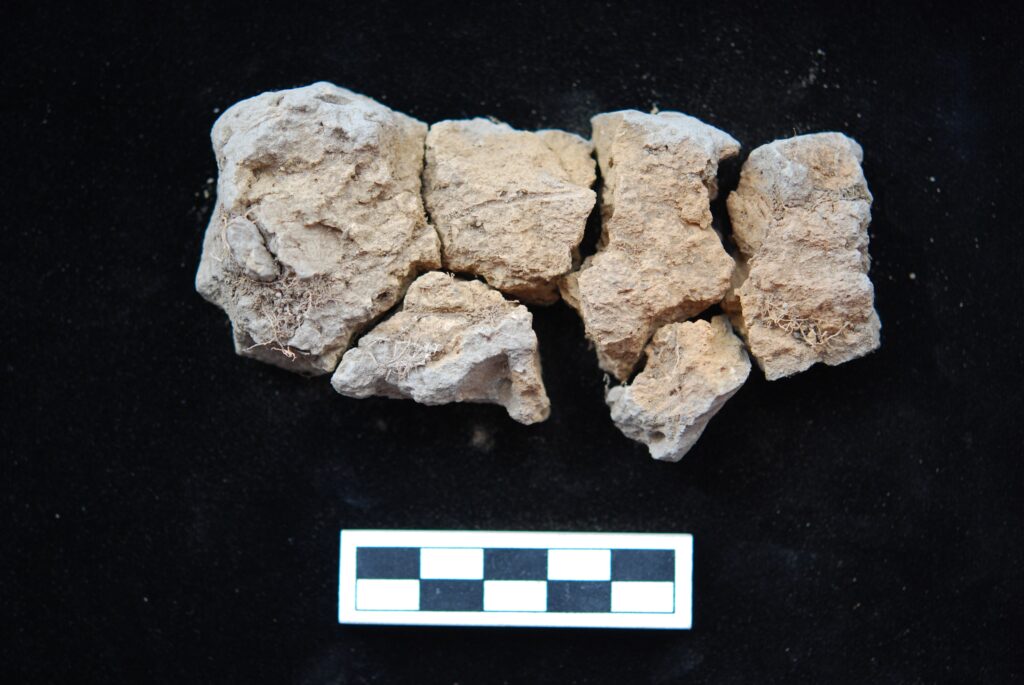Theme 5/
Life in the North
Summary/Findings
The complexity of life in the north can be surprising (link). Northern hunter-gatherers invented and were the first to use pottery (LN, Fig. 3 – SiberianPottery). Local groups not only adopted or rejected southern technologies and lifestyles in thoughtful ways, but they also contributed to the rise of powerful nations, including through trade in luxury goods or raw materials like ivory and furs (Janz and Conolly 2019). They are even more notable for the advanced cultures, like the Thule, that populated the High Arctic and accomplished feats unrivalled until the modern era – creating clothing and advanced seafaring technology from bone (LN, Fig. 4, Bone Armour), skins and furs alone which allowed them to hunt whales and walruses from seemingly fragile kayaks and thrive in some of the most challenging places on the planet, surpassing any other culture in the pre-industrial world in their ability to adapt to harsh environmental conditions.
Our two main interests in studying northern cultures are 1) the way that these groups inform our understanding of humanity, including human-animal relationships and variation in diet and adaptation to climate change, and 2) the way that northern groups interacted with their farming neighbours, frequently influencing style and technology while providing material wealth without which farming villages could never have become “civilizations.
Publications:
- 2020 Janz, L., A. Cameron, D. Bukhchuluun, D. Odsuren, L. Dubreuil. Expanding frontier and building the sphere in arid East Asia. Quaternary International 559: 150-164. DOI 10.1016/j.quaint.2020.04.041
- 2019 Janz, L. and J. Conolly (Eds.). “Circumpolar Archaeology,” World Archaeology 51(3).
- 2019 Janz. L., and J. Conolly. Margins of the centre or critical peripheries? World Archaeology 51(3): 347-354. DOI 10.1080/00438243.2019.1729500
- 2019 ArchaeoGLOBE Project. Archaeological assessment reveals Earth’s early transformation through land use. Science. August 30, 2019. DOI 10.1126/science.aax1192
- 2007 Janz, L. Pastoralism and Ideological Resistance to Agriculture: Mongolia from Prehistory to Modern Times. Arizona Anthropologist 18: 28-52.


